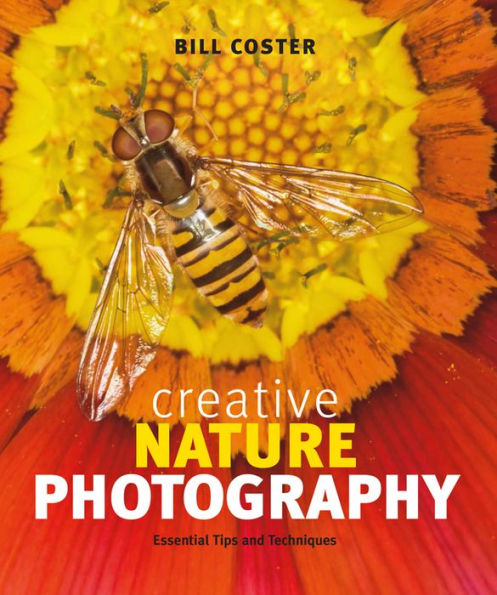5
1

Creative Nature Photography: Essential Tips and Techniques
160
Creative Nature Photography: Essential Tips and Techniques
160eBook
$11.49
$14.99
Save 23%
Current price is $11.49, Original price is $14.99. You Save 23%.
Related collections and offers
11.49
In Stock

Product Details
| ISBN-13: | 9781553658481 |
|---|---|
| Publisher: | Greystone Books |
| Publication date: | 05/15/2011 |
| Sold by: | Barnes & Noble |
| Format: | eBook |
| Pages: | 160 |
| File size: | 28 MB |
| Note: | This product may take a few minutes to download. |
About the Author
From the B&N Reads Blog
